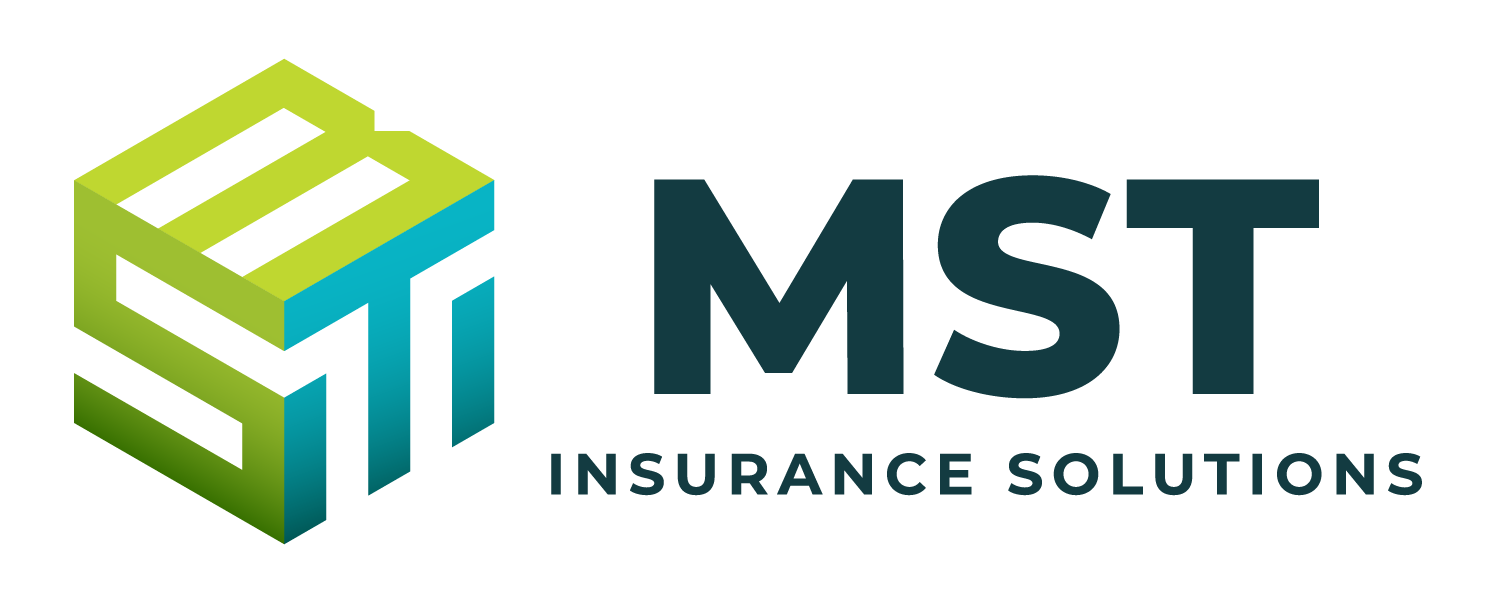The U.S. Bureau of Labor Statistics (BLS) reported that the consumer price index (CPI) rose 2.8% year over year in February, decelerating from 3% in January. This figure marked the first time inflation slowed more than expected in five months. Despite this optimistic reading, many economists are concerned that this progress on inflation could be stalled by an escalating trade war.
The inflation reading was better than expected, especially given January’s skyrocketing grocery and gasoline prices. While egg prices are still up 58.8% from a year ago, they increased 10.4% month over month. For comparison, that figure was up 15.2% in January. The U.S. Department of Agriculture has noted that negotiated wholesale prices for eggs—along with consumer demand—are declining as bird flu outbreaks are slowing. The “core” CPI, which strips out the unpredictable food and energy components, rose 3.1% in January. The February reading marks the lowest annual rate for the core CPI in nearly four years.
The real average weekly earnings for all employees increased 0.1% in February from January. The real average hourly earnings increased 1.2%, seasonally adjusted, from a year ago. The real average weekly earnings increased 0.6%. An annual compensation report by Payscale found that employers expect smaller raises this year, planning for 3.5% pay raises in 2025, compared to the 3.8% given in 2024.
The BLS Job Openings and Labor Turnover Summary (JOLTS) report showed signs of a sturdy job market in January; however, it paints an outdated picture. Rapid policy changes by a new administration in February and early March aren’t included yet in the JOLTS report, which may change that outlook.
“Shelter costs are increasing at the slowest pace in more than three years but are still ahead of the increase in average hourly earnings over the past year. Motor vehicle insurance and repair, electricity and natural gas continued to increase at an outsized pace in February. And egg prices are in a league of their own.”-Greg McBride, chief financial analyst, Bankrate
What’s Next?
While inflation decelerated in February, the reading doesn’t reflect President Donald Trump’s tariffs yet. For example, a 10% tariff on Chinese goods was enacted in February, and some retailers may have raised prices preemptively. Analysts expect at least one interest rate cut in 2025, but the timing is still unclear.
Inflation remains uncertain as new economic factors come into play, but Americans are expected to continue to be under financial pressure for some time. Individuals should continue to monitor the economy and associated inflation trends. Employees should check with their managers for financial and mental wellness benefits and related resources.
We will keep you updated with any notable changes.
For a copy of this notice, click here: Inflation Rate Cools to 2.8 percent in February

